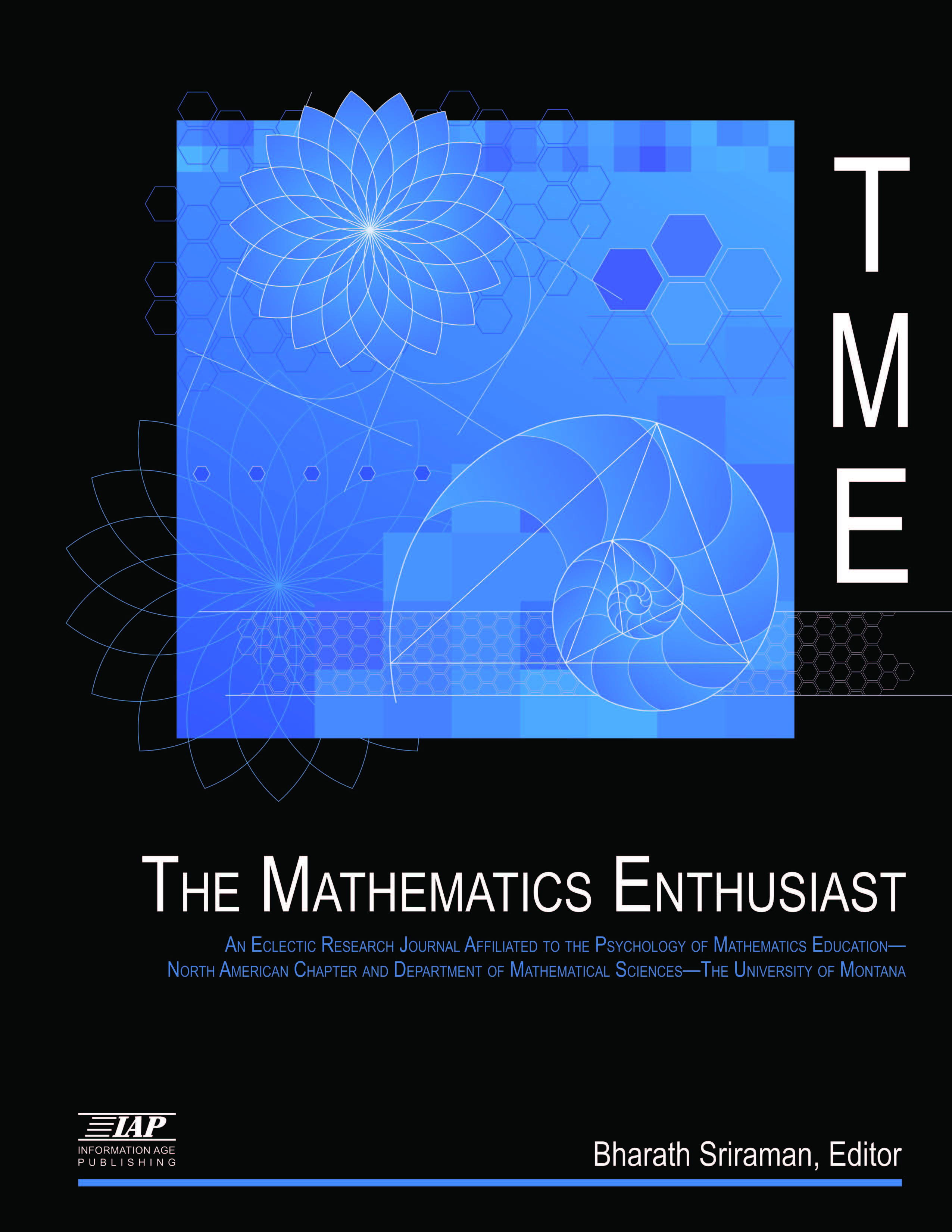
Volume
8
Issue
1-2
Abstract
Research in math education on mathematical creativity relies on the idea that creativity is potentially within all students and it can be fostered by properly structured activities. The tasks most commonly used for its assessment are problem solving and problem posing. In our approach we use problem posing tasks to get insight into students’ creativity. Based on a qualitative analysis of the participants’ answers to the questionnaire that followed the task, we define algorithmic, combined and innovative creativity as constructs that can be put in correspondence with the types and level of knowledge involved in the problem posing task. We propose criteria to identify these types of creativity and discuss aspects related to the quality of the resulting problems. A second set of criteria is defined in order to assess the novelty of the posed problems.
First Page
383
Last Page
398
Recommended Citation
Pelczer, Ildikó and Rodríguez, Fernando Gamboa
(2011)
"Creativity assessment in school settings through problem posing tasks,"
The Mathematics Enthusiast: Vol. 8
:
No.
1
, Article 19.
DOI: https://doi.org/10.54870/1551-3440.1221
Available at:
https://scholarworks.umt.edu/tme/vol8/iss1/19
Digital Object Identifier (DOI)
10.54870/1551-3440.1221
